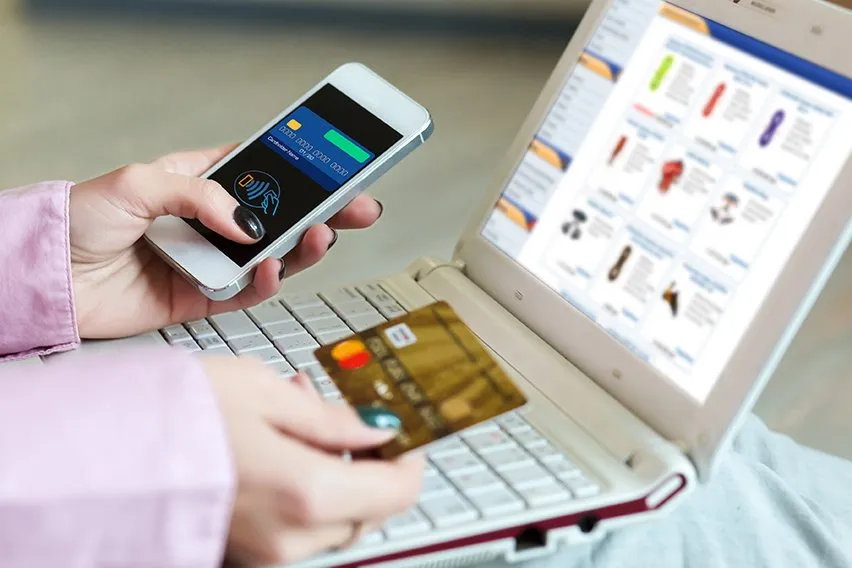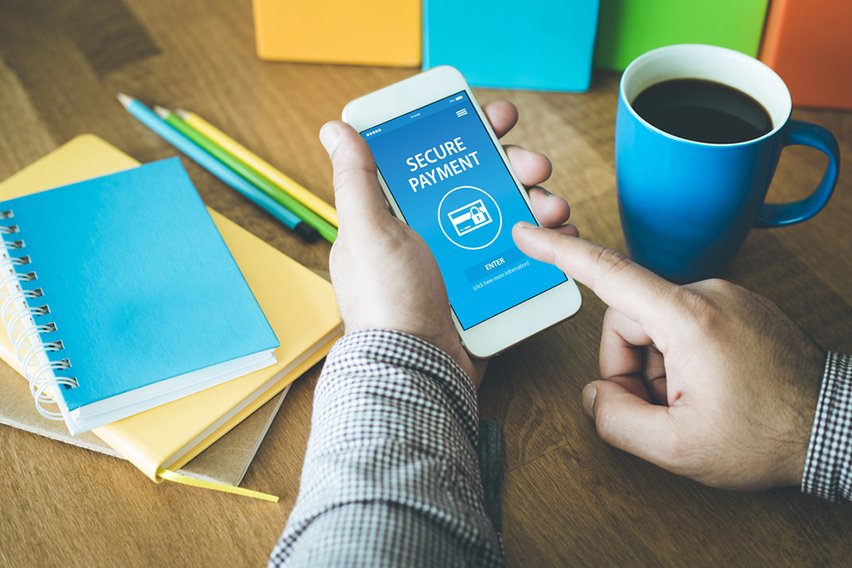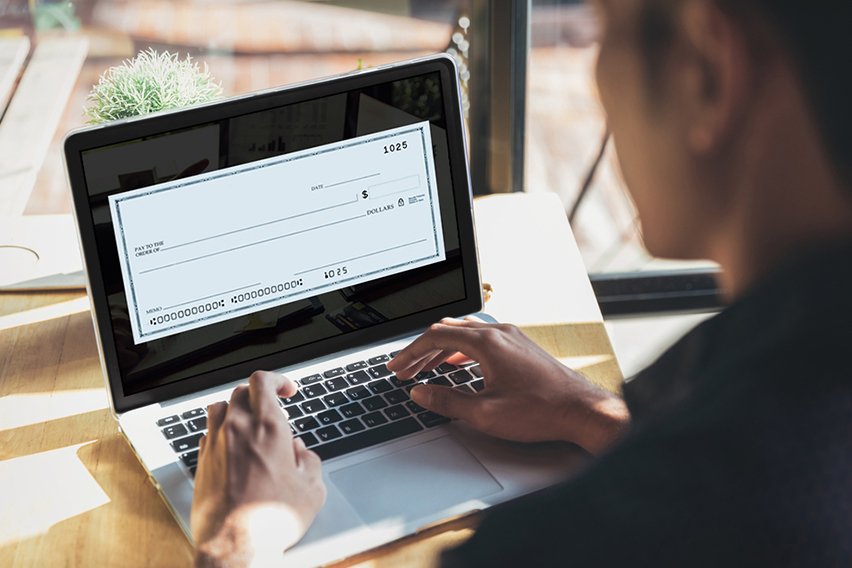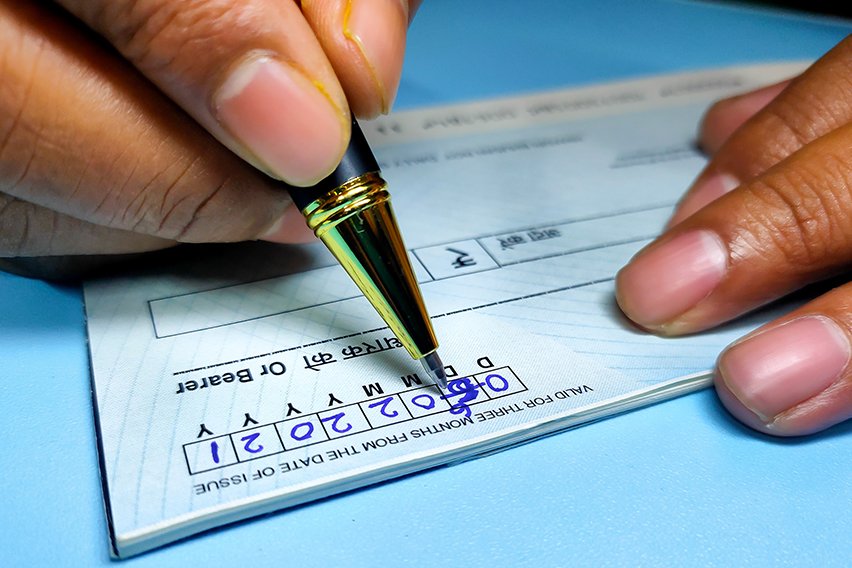Virtual Credit Cards: What Are They & How Do They Work?

The way that we pay for things has drastically changed over the years.
Cash used to be king, then using either a credit card or a debit card took over before contactless payments became all the rage. But as we’ve moved towards digital payments, the number of data breaches and instances of fraud have risen dramatically.
Many companies and people around the world are now making use of virtual credit cards as a way of reducing the risk of fraud. But what exactly are virtual credit cards?
We’ll take a closer look at what virtual credit cards are and how they work. Armed with this information, you’ll be able to make educated decisions about how you can use this new type of payment. As well as improve the safety of your business.
Here’s What We’ll Cover:
What Is a Virtual Credit Card?
How Do You Get a Virtual Credit Card?
How Do Virtual Credit Cards Work?
What Is the Difference Between Virtual Credit Cards and Digital Wallets?
Should I Start Using Virtual Credit Cards?
What Is a Virtual Credit Card?
Virtual credit cards, as the name suggests, are non physical credit cards. They can be used to pay for anything that you could normally pay for with a standard credit card.
They are unique credit card numbers that allow you to pay for things via your main actual card. But without using or exposing your main credit card account details. It’s easiest to think of it as a disposable credit card that only exists for a limited time.

There are a number of limits that you can place on virtual credit cards, such as:
- The ability to only use it at single online merchants
- A set spending limit that it cannot exceed
- A particular expiration date
- The ability to lock or delete a particular virtual account number
These features are put in place to help prevent fraudulent purchases without having to use your main credit card account. So each time you want to make a purchase, you can create a new virtual credit card to carry out the transaction.
How Do You Get a Virtual Credit Card?
Not all credit card providers offer virtual credit cards. But for those that do, there are a number of steps you will need to take to obtain one:
1. Get a Credit Card
Assuming you don’t already have a credit card, you’ll have to apply for one and set up your account with whatever bank you choose. This is because a virtual credit card has to be attached to an existing credit card account.
While not all providers offer virtual credit cards, most major networks do. This includes American Express, Mastercard and Visa.
2. Log Into Your Providers Online Portal
The next step will be to sign up for and log into your provider’s online banking account. Once you’re in, go to your account settings and find the “Virtual Card Numbers” option. From here you can request a virtual card.
3. Download Your Card Issuer’s Banking App
Most providers will have a smartphone app that they will issue virtual credit cards to. Some may provide the cards from their standard app. While others will have a separate app especially for their virtual credit card service.
4. Link Your Accounts and Accept the Virtual Card
Once you have linked the app to your personal bank account, you will have the option to accept the virtual card 16-digit number. This number has been specifically generated for you.
For some issuers you’ll get separate numbers for different merchants. But with others you’ll get a new number each time you request a card even if it’s for the same merchant.
5. Choose Your Credit Card Settings
You normally will have a choice on how long you want the card to last and what spending limit can be set. However, some providers will choose the expiration date for you as it can only be used with one merchant.
6. Start Using the Card as Normal
Once everything is set up, you can use the virtual credit card as you would your normal card when making purchases online. If it’s a one-use card, it will disappear after your first purchase. But if you’ve chosen one with a different expiry date then you can continue to use it as normal.
How Do Virtual Credit Cards Work?
When you successfully apply for a virtual credit card, you will be given a randomly generated credit card number. You’ll also be given an expiration date and security code. These details will act as your credit card.
The payments will be tied to your bank account. So any payments that go through the virtual credit card will be taken from your account or put directly onto your credit card statement.
If your current bank doesn’t offer virtual credit cards, then there are some providers that can issue you one that can link with your existing account.
What Is the Difference Between Virtual Credit Cards and Digital Wallets?
While virtual credit cards and digital wallets are used in mostly the same way, there are a number of differences.
Firstly, a digital wallet is the online storage of your literal credit and debit cards. So all of the information that is on your physical card is transferred into your digital wallet.
Whereas a virtual credit card is linked with your bank account, but with completely different details. This is in order to protect your information and identity.
Another difference is that digital wallets can be used both online and for brick and mortar stores. Virtual credit cards on the other hand are largely used for online purchases.

Should I Start Using Virtual Credit Cards?
There are many benefits to using virtual cards. The main benefit is that you can protect your banking information and freeze or close your account at any time.
So if your main account number is exposed in a data breach, you’ll have to close your account and get issued a whole different set of account details. However, if your virtual card is breached, you can simply shut it down and quickly get a new one.
The main downsides of using virtual credit cards are that some issues may arise with returning items. Some stores will require you to insert or swipe the card that you used to make the purchase, but this obviously can’t be done with a virtual card.
In these cases, the only choice would be to accept store credit instead of getting the money back on your credit card. This can be problematic if you’re switching suppliers or were making a one time business purchase.
Another potential downside to having a virtual card is the associated fees. These vary depending on your card provider, but it’s important to remember to read the fine print.
For example, some companies will allow you to put money onto the card, but you may be charged a fee if the balance dips below a certain figure. Or if your card expires while you still have money loaded onto it, you may lose that money or struggle to get it back.
Key Takeaways
Virtual credit cards are a great way to give you some peace of mind when it comes to the safety of your business’ finances. If your card number becomes compromised, you can simply lock it or delete it with the clock of a button.
Though there are some minor downsides when it comes to convenience and ease of returns, there are more benefits than negatives.
So if you’re looking for a safer way to go about your business transactions, you’ll most likely appreciate taking advantage of the extra layer of protection that virtual cards can give.
Are you looking for more business advice on everything from starting a new business to new business practices?
Then check out the FreshBooks Resource Hub.
RELATED ARTICLES

 What Is a Secure Payment System?
What Is a Secure Payment System? What Is an eCheque & How Does It Work?
What Is an eCheque & How Does It Work? What Is a Credit Balance?
What Is a Credit Balance? 5 Best Online Payment Methods In 2024
5 Best Online Payment Methods In 2024 What Is a Stale-Dated Cheque?
What Is a Stale-Dated Cheque? Employment Overtime Pay: Everything You Need to Know
Employment Overtime Pay: Everything You Need to Know